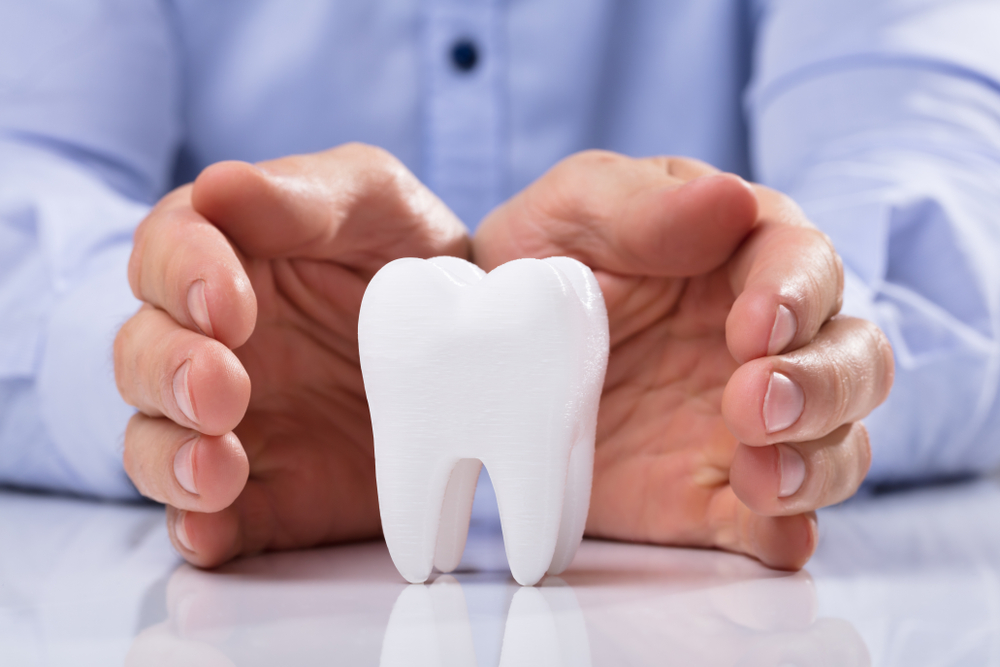
A bright, white smile is often associated with good oral hygiene and overall attractiveness. It’s no wonder that teeth bleaching services have gained immense popularity. However, as with any cosmetic procedure, there are pros and cons to consider when it comes to bleaching teeth. In this blog, we will explore the potential side effects of teeth bleaching, the differences between bleaching and whitening, and the risks associated with over-bleaching and internal bleaching.
Teeth Bleaching: The Basics
Teeth bleaching, also known as teeth whitening, is a cosmetic dental procedure aimed at lightening the color of your teeth. It is a non-invasive treatment that uses hydrogen peroxide or carbamide peroxide to break down stains on the enamel. The end result is a whiter, brighter smile that can boost your confidence and self-esteem.
Bleaching vs. Whitening Teeth
The terms “bleaching” and “whitening” are often used interchangeably, but there is a subtle difference between the two. Bleaching refers to the use of peroxide-based products to remove both surface and deep-seated stains, resulting in a whiter appearance. Whitening, on the other hand, primarily addresses surface stains and brightens the natural color of your teeth.
Potential Side Effects of Teeth Bleaching
While teeth bleaching is generally considered safe, there are some potential side effects to be aware of:
- Sensitivity: Some people experience increased tooth sensitivity during or after teeth bleaching. This is typically temporary and can be managed with desensitizing toothpaste.
- Gum Irritation: Overexposure to the bleaching agent can lead to gum irritation or even chemical burns. It’s crucial to follow the instructions provided by your dentist or the product manufacturer to prevent this.
- Uneven Whitening: Achieving uniform results can be challenging, especially with at-home bleaching kits. Professional dental supervision can help ensure even and satisfactory results.
- Tooth Damage: Overusing or misusing bleaching products can potentially harm your teeth. It’s essential to follow recommended usage guidelines and seek professional advice.
Over Bleaching Teeth
Over bleaching, also known as teeth whitening abuse, is a real concern. Some individuals, in their pursuit of an ultra-white smile, may misuse bleaching products or overuse them, resulting in adverse effects. Over bleaching can lead to:
1. Weakened Enamel: Excessive bleaching can weaken tooth enamel, increasing the risk of tooth sensitivity and other dental problems.
2. Translucent or Bluish Teeth: Over-bleached teeth may become translucent or even take on a bluish tint, which can be unattractive.
3. Gum Recession: Overuse of bleaching products can irritate the gums and lead to gum recession, exposing the sensitive tooth roots.
Internal Bleaching Teeth
Internal bleaching is a procedure used to lighten the color of a tooth from the inside. This is typically done when a tooth has undergone root canal treatment and has become discolored. The procedure involves placing a bleaching agent inside the tooth, allowing it to sit for a period of time. While internal bleaching is a safe and effective way to restore the natural color of discolored teeth, it should only be performed by a dental professional to avoid complications.
Teeth bleaching is a popular and effective way to achieve a whiter smile, but it’s essential to consider the potential side effects and exercise caution. Follow the guidance of dental professionals and product manufacturers to ensure a safe and successful teeth bleaching experience. Over bleaching and improper use of bleaching products can lead to problems, so it’s crucial to strike a balance between a brighter smile and the health of your teeth and gums. If you’re considering teeth bleaching, consult with your dentist to determine the best approach for your specific needs.
